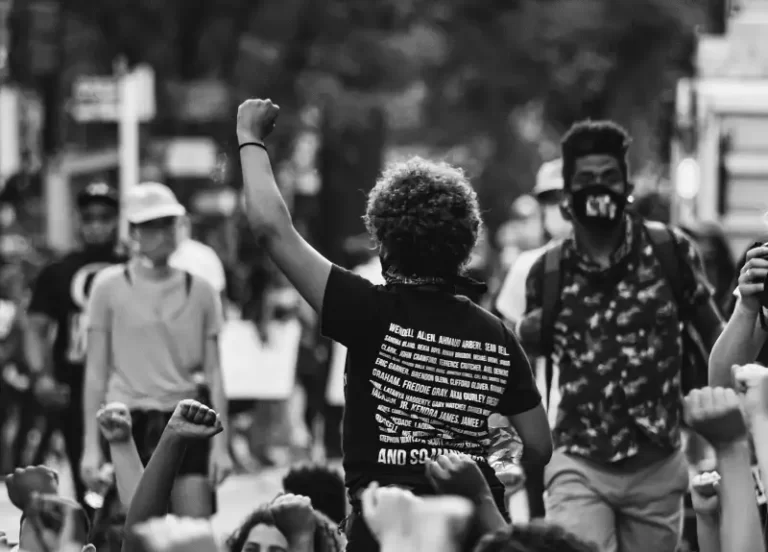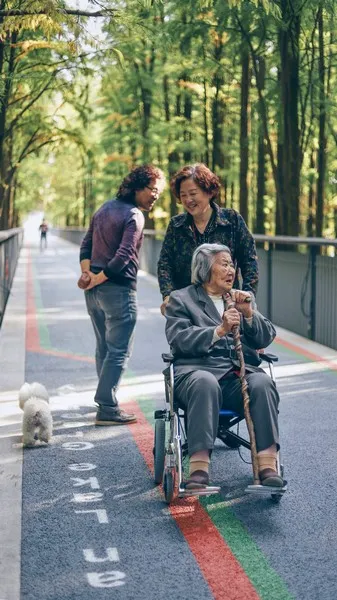
Emergent Norm Theory, Agency, and Post-Pandemic Society
Emergent Norm Theory, introduced by Ralph Turner and Lewis Killian in their seminal work "Collective Behavior" (1957), offers a compelling framework for understanding the dynamics of collective behavior, especially in situations characterized by ambiguity and uncertainty. The theory posits that in times of crisis, when established norms and guidelines are insufficient or absent, new norms emerge through collective consensus and individual interactions. This essay explores the applicability and relevance of Emergent Norm Theory in the context of the post-pandemic society, examining how new social norms have developed in response to the COVID-19 pandemic, the mechanisms through which these norms have been established, and their implications for future societal behavior.
The Foundations of Emergent Norm Theory
Emergent Norm Theory suggests that collective behavior in groups is guided by new norms that arise in response to situational demands. Unlike traditional norms, which are long-standing and widely accepted, emergent norms are temporary, situational, and often arise spontaneously. This process involves a few key steps:










